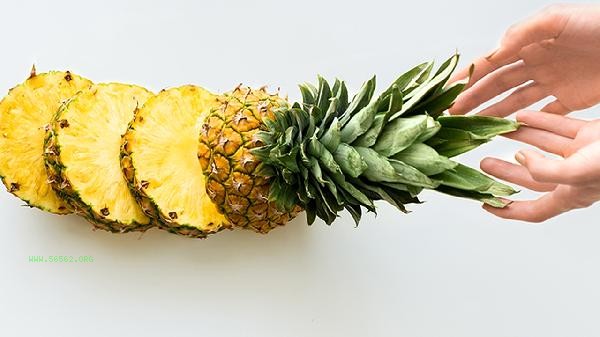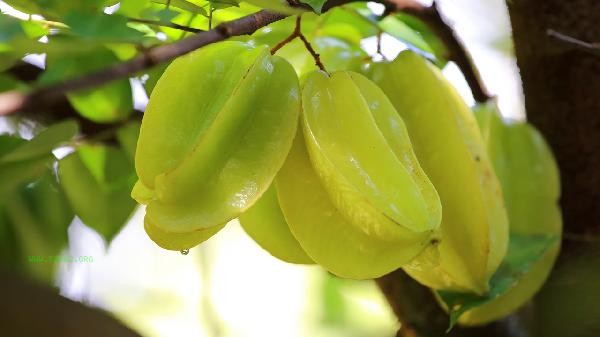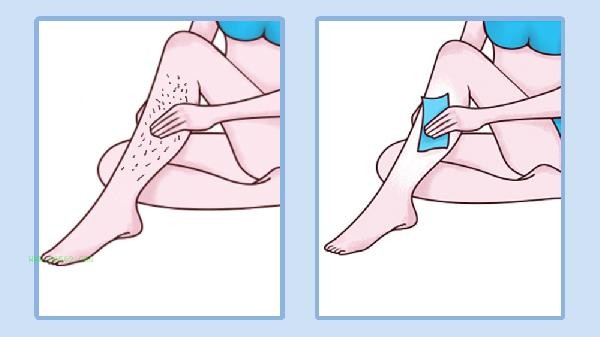When choosing fruits, quality can be judged by observing the appearance, smelling the aroma, touching the texture, understanding the origin and season, and checking the freshness. Fresh fruits usually have a uniform color, a fragrant aroma, and a moderate touch. Choosing seasonal local products can better ensure nutrition and taste.

1. Observe the appearance
Mature high-quality fruits have a natural and uniform color on the skin, without any abnormal spots or depressions. For example, apples should choose a skin with a natural transition from red to yellow, avoiding the green or dark areas; The grape grains are plump and the fruit powder is evenly distributed. Pay attention to whether the fruit stem is fresh, as it may turn black and dry after being stored for too long. Some fruits, such as mangoes, may have black spots on their skin due to sugar exudation, which needs to be comprehensively judged based on other characteristics.
2. Smell
Fresh fruits will emit a unique sweet aroma of the variety, such as peaches with a strong sweet fragrance and citrus fruits with a fresh sour taste. If there is a fermented wine flavor or a sour smell, it indicates that it has started to spoil. Tropical fruits such as durian have a strong but not pungent aroma when ripe, and those that are tasteless may not be ripe. When making a purchase, you can lightly press the navel area to smell the fragrance, which will release a more pronounced aroma.
3. Touch texture
The fruit should have moderate elasticity when lightly pressed with fingers. If it is too hard, it may not be mature, and if it is too soft, it may be too ripe. Bananas with slightly hard skin and green skin are more durable for storage, while kiwis can be eaten when pressed on both ends and slightly soft. Berries such as strawberries should avoid choosing packaging that is juiced or stuck. The tapping sound of melons is usually dull and sweeter, and the crisp sound may lack moisture.

4. Understand the season of origin
Seasonal fruits have better nutritional value and taste, such as lychee in summer and orange in winter. Local products have shorter transportation times and better freshness assurance. Imported fruits should pay attention to customs quarantine signs. Some varieties will undergo preservation treatment after long-distance transportation, and it is recommended to thoroughly clean them after purchase.
5. Check freshness
Check the packaging date label, and observe whether the handles of loose fruits are green. Full oil cells in citrus peels indicate sufficient moisture, while wrinkles indicate prolonged storage. The bottom cut of the pineapple is fresh and free of mold, and the leaves are easy to pull out, indicating good maturity. After receiving fruits purchased online, they should be immediately opened for inspection, and refrigerated storage should not exceed the recommended packaging time limit.

It is recommended to choose a variety of fruits for daily shopping, and different colored fruits provide differentiated nutrients. Dark fruits such as blueberries are rich in anthocyanins, citrus fruits are rich in vitamin C, and bananas supplement potassium. Rub the surface with running water during cleaning, and clean peeled fruits before processing. People with weak spleen and stomach can choose apples, pomegranates, and fruits, while those with abnormal blood sugar levels need to control their intake of high sugar fruits. Tropical fruits should not be refrigerated during storage. Berries should be consumed as soon as possible, and apples, pears, and other fruits that release ethylene gas should be stored separately.








Comments (0)
Leave a Comment
No comments yet
Be the first to share your thoughts!